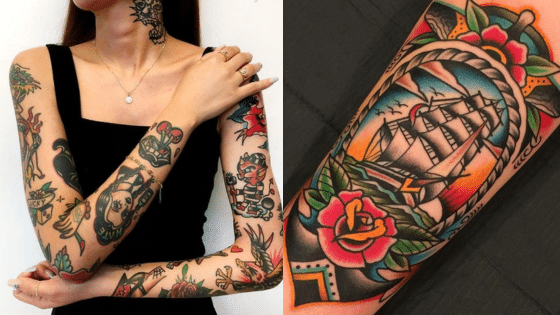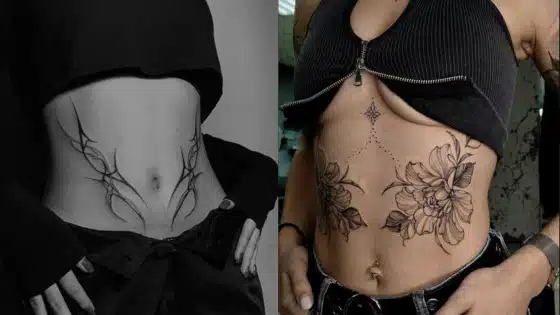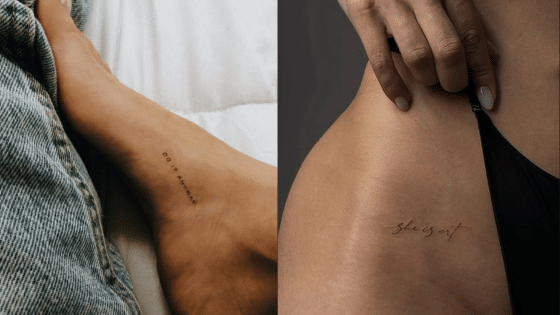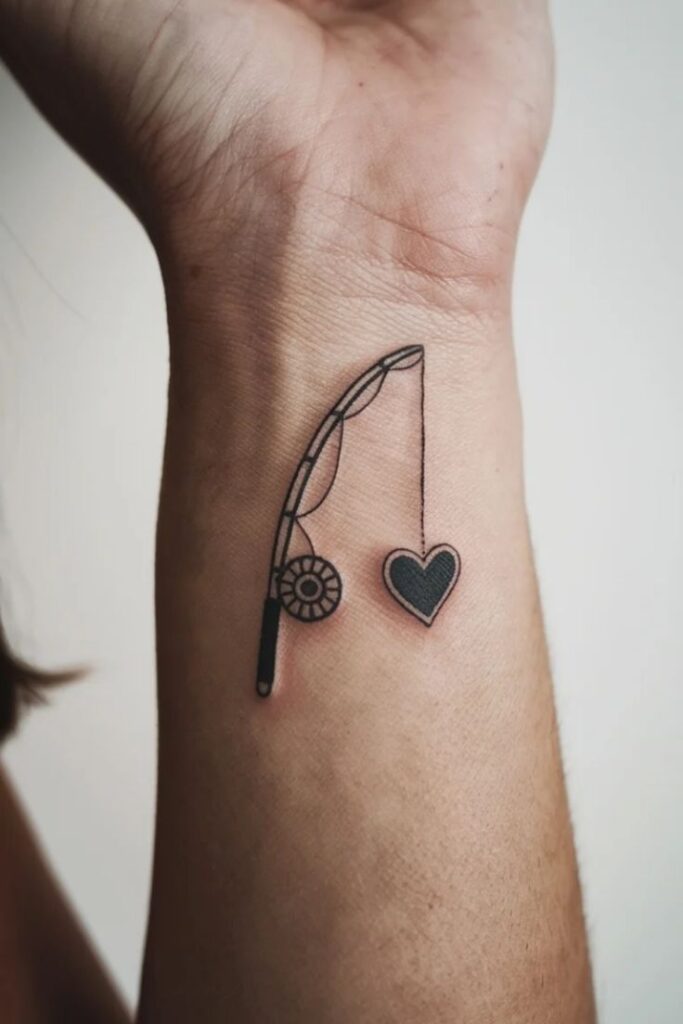
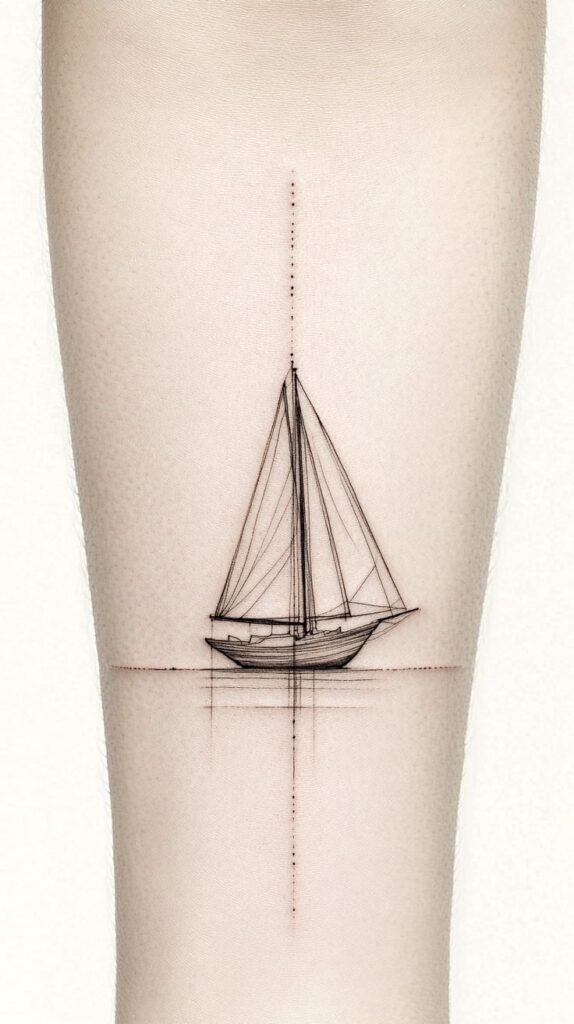
Fishing tattoos are popular among those who love the sport and want to show their passion in a permanent way. These tattoos often feature fish, fishing gear, or water scenes. They represent not only a hobby but also a connection to nature and a sense of patience and skill.
People choose fishing tattoos for many reasons. Some pick designs that remind them of memorable fishing trips. Others use symbols to express loyalty to their favorite activity or to honor their lifestyle. The style and placement of a fishing tattoo can vary a lot, depending on personal taste and meaning.
Getting the right fishing tattoo means thinking about what the image means, how it will look, and how it fits with the person’s life. The choice between bright colors or simple black and grey can change the tattoo’s feel. Finding a skilled artist who understands these details ensures the tattoo will last well and look good over time.
Key Takeaways
- Fishing tattoos reflect a deep love for the sport and nature.
- Design, style, and placement choices vary based on personal meaning.
- Careful planning and a good artist are key for a lasting tattoo.
Popular Fishing Tattoo Ideas
Fishing tattoos often show detailed images of fish, gear, or symbols tied to the sport. These designs can reflect personal experiences or favorite fishing moments. Different styles highlight the main elements of fishing.
Fish Designs
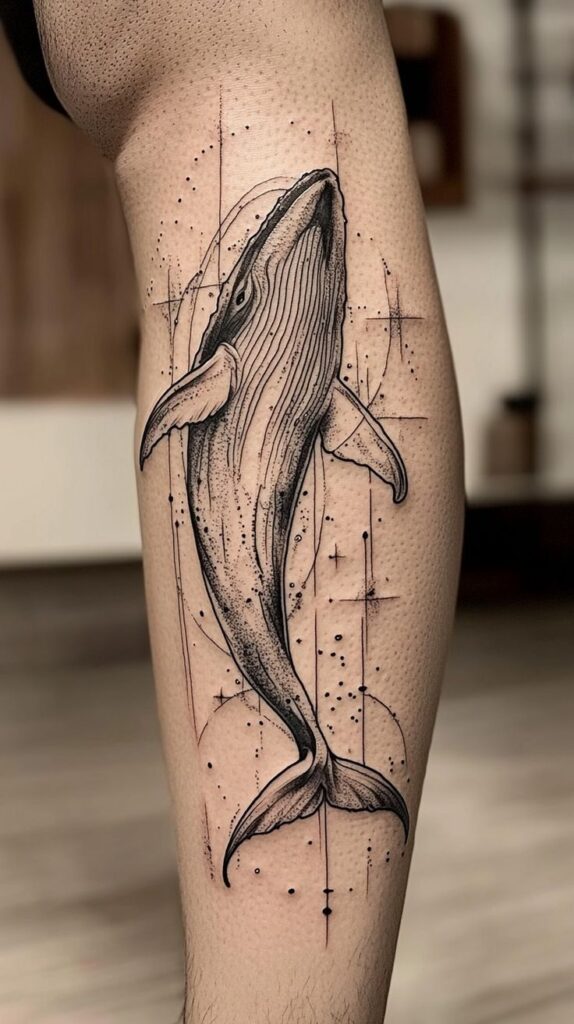

Fish tattoos are a top choice for anglers. Popular fish include bass, trout, salmon, and koi. Each fish can symbolize traits like strength, patience, or perseverance.
Some tattoos show fish jumping out of water, which captures motion and life. Others use realistic detail to highlight scales and fins. The size and placement often depend on how much detail the wearer wants.
Colors vary from bright and bold, like blue and green, to simple black or gray. These choices affect how the tattoo stands out on the skin. Fish tattoos connect directly to the angler’s favorite catch or fishing memory.
Fishing Rod and Reel

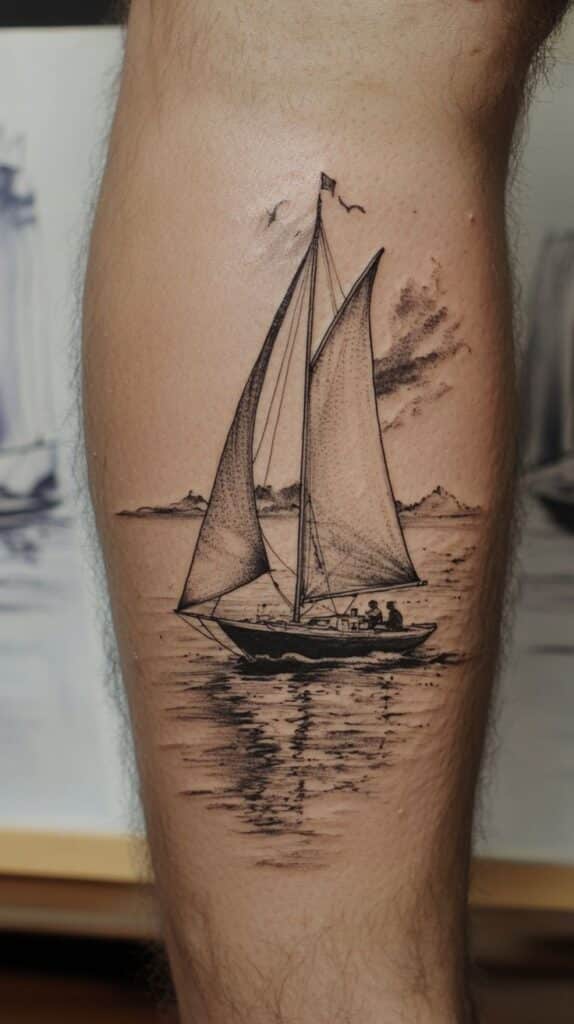
Tattoos of fishing rods and reels represent the tool essential to the sport. They often show a rod bending under the weight of a fish, creating a dynamic image. This style symbolizes skill and the thrill of the catch.
Some designs focus on classic rods with detailed reels. These can be vintage or modern, reflecting the person’s gear preference. The reel might include fine lines for the handle and spool.
Rod and reel tattoos usually look good on arms or legs where there is room for length. They can be paired with other fishing elements or stand alone as a symbol of dedication.
Lure and Bait Tattoos


Lure and bait tattoos highlight the small but vital parts of fishing gear. Common images include spinnerbaits, jigs, spoons, and worms. These tattoos often celebrate the creativity in choosing the right lure.
The designs can be colorful to show shiny or rubbery textures. Detail in hooks and lure shapes is important to anglers. Some tattoos also include water splashes or bubbles.
Lure tattoos can symbolize patience and technique. They work well as small or medium tattoos and are often placed on hands, wrists, or ankles.
Fish Hook Motifs


Fish hook tattoos focus on a single, simple element of fishing gear. These designs often use clean lines and minimal detail. The hook can be shown by itself or combined with rope or waves.
Hooks are powerful symbols of strength, connection, and survival. Some people use a hook tattoo to represent the idea of “holding on” in tough times.
The tattoo size ranges from small to medium. Popular placements include fingers, wrists, and behind the ear. Hooks can also be stylized or turned into creative shapes like hearts or infinity symbols.
Symbolism and Meaning
Fishing tattoos often hold deep meaning for those who wear them. They can represent a strong bond with the natural world, memories tied to fishing experiences, or cultural traditions passed down through families.
Connection to Nature

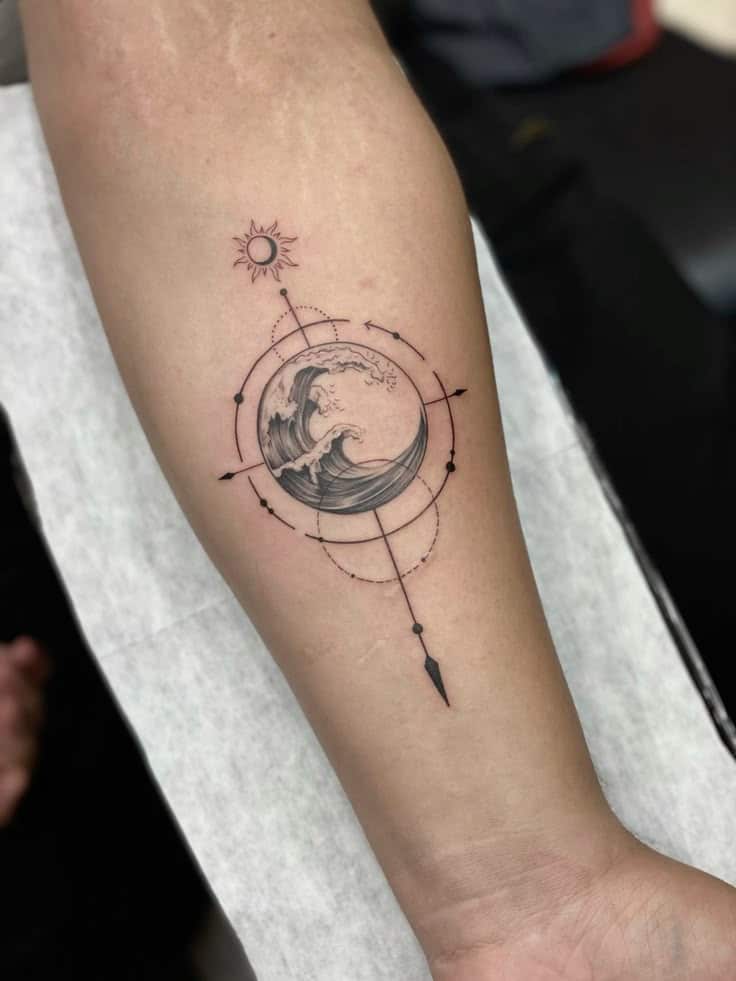
Many people choose fishing tattoos to show their respect for nature. These tattoos can symbolize patience, calm, and the balance found in aquatic environments. Fish and fishing gear images remind wearers of the water’s role in life and their desire to live in harmony with it.
The tattoos often highlight a love for the outdoors and the simple rhythms of fishing. This connection to the environment can be a grounding force during stressful times. It also reflects an understanding of nature’s cycles and the effort needed to thrive within them.
Personal Memories


Fishing tattoos frequently mark important moments or people in someone’s life. They may honor a favorite fishing spot or a shared experience with friends and family. Sometimes, these tattoos commemorate a mentor who taught fishing skills.
Each design can act as a personal story, a way to carry memories on the skin. For example, a tattoo of a specific fish species may relate to a memorable catch or a meaningful trip. These tattoos often serve as permanent reminders of joy, challenge, or growth.
Tradition and Heritage


For some, fishing tattoos connect to family history or cultural roots. Fishing is an important practice in many communities, and tattoos can show pride in this heritage. They may include symbols or styles linked to a particular group or region.
These tattoos preserve traditions passed down through generations. They can also express respect for ancestors who relied on fishing for survival or identity. In this way, fishing tattoos act as a bridge between past and present.
Style and Aesthetic Choices
Fishing tattoos come in many styles that range from highly detailed to very simple. Each style highlights different aspects of fishing, such as the fish itself, the equipment, or the environment. Color use, line work, and shading vary depending on the chosen style.
Realism and Detail


Realism in fishing tattoos focuses on lifelike images of fish, water, or gear. These tattoos use shading and color gradients to create depth and texture, making the fish look almost real. Anglers often pick detailed scales, shiny fins, and water reflections to capture a natural appearance.
These tattoos usually require a skilled artist who can execute fine details and smooth color blends. They tend to look best at larger sizes, because smaller tattoos may lose detail. Realism is popular among those who want a strong visual tribute to their favorite catch.
Traditional and Old School


Traditional fishing tattoos use bold lines, solid colors, and simple shapes. This style often includes classic symbols like fishing hooks, boats, or waves. The colors are usually limited, focusing on red, blue, green, and black for a striking effect.
This style has a vintage feel and appeals to those interested in tattoo history or a timeless look. The designs are clear and easy to recognize. Traditional tattoos are often less detailed but very meaningful and bold.
Minimalist Fishing Tattoos

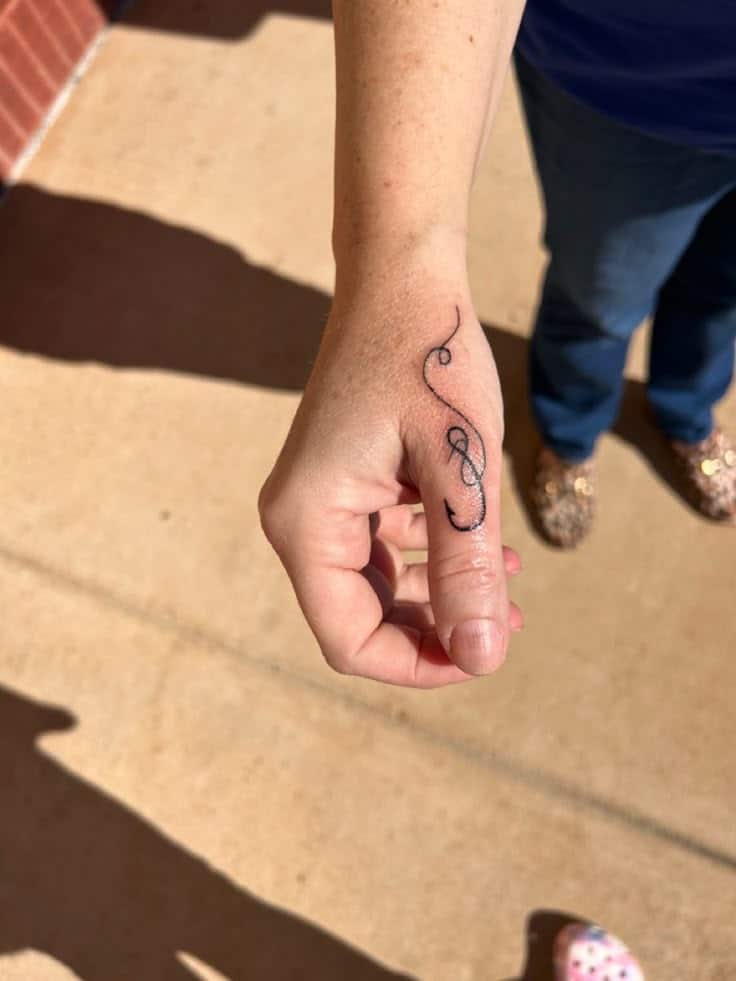
Minimalist tattoos use few lines and little color to create simple fishing designs. They might feature a single hook, a small fish outline, or a clean wave pattern. These tattoos are subtle and often small.
Minimalism appeals to people who prefer a low-key or stylish look. Because of their simplicity, these tattoos can be placed almost anywhere on the body. They are quick to tattoo and easy to maintain over time.
Placement Considerations
Choosing where to place a fishing tattoo depends on visibility, size, and pain tolerance. Some areas suit detailed designs, while others are better for simpler images. The skin’s shape and movement also influence how the tattoo will look over time.
Forearm

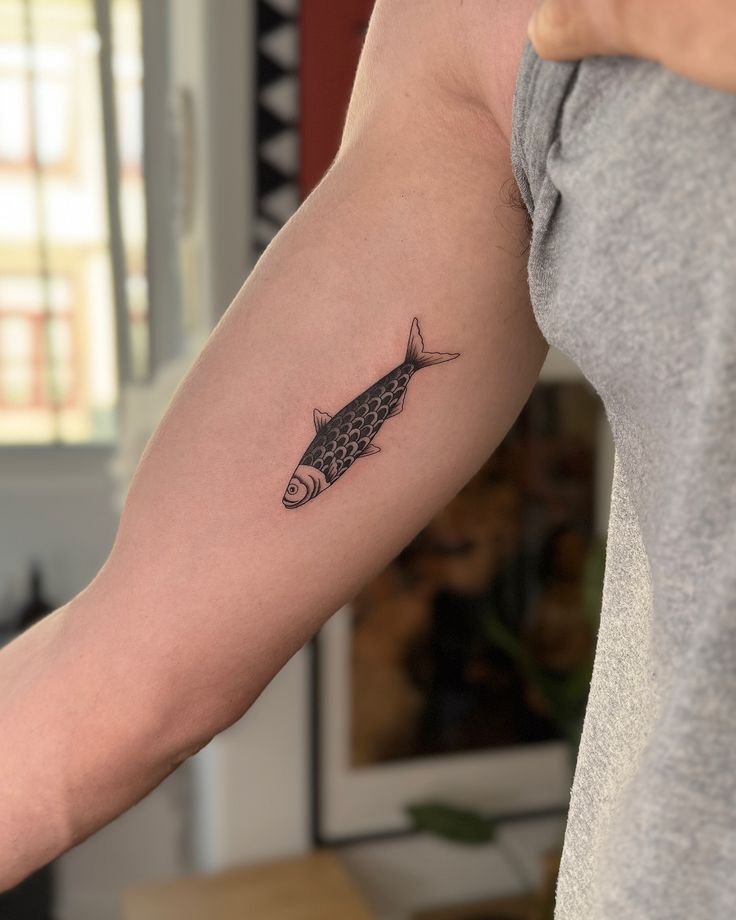
The forearm is a popular spot for fishing tattoos because it offers good visibility and enough flat space for detail. It handles medium-sized designs well, like a fishing rod or a small fish. The skin here is less stretchy, so the image stays clear.
This area is also a good choice for someone who wants to show their tattoo often. The pain level on the forearm is moderate, which many find manageable. Healing tends to be quick because it gets good airflow and is easy to clean.
Back and Shoulder


The back and shoulder provide larger, spread-out spaces good for big or complex fishing scenes. This area works well for detailed designs like boats, fishing nets, or a full fish habitat. The skin is firm but flexible, which helps the art stay sharp.
Pain in these spots varies; the shoulder is less painful than the spine or shoulder blades. Tattoos here can be hidden or displayed easily, depending on clothing. It’s a good pick for those who want a bold but semi-private statement.
Chest and Ribcage


The chest and ribcage are challenging but popular for meaningful fishing tattoos. The curved surface suits flowing designs such as waves or fish swimming along the ribs. The skin is thin and sensitive, so the pain is higher compared to the forearm or shoulder.
This area is ideal for larger, artistic work that can wrap around the body. Healing might be slower and care more difficult due to movement from breathing. People who choose this placement often want a tattoo that is private but striking when shown.
Color vs. Black and Grey Tattoos
Fishing tattoos can be done in bright colors or simple black and grey. Each style highlights different features and creates a distinct look. Some prefer vivid colors to show detail, while others like the subtle, timeless feel of monochrome.
Vibrant Colored Designs


Colored fishing tattoos use a range of blues, greens, and browns to capture water, fish scales, and landscapes. These colors help show realism in the fish’s body or the shine on fishing gear. Bright colors make the tattoo eye-catching and lifelike.
Artists often use shading and gradients to add depth. This can show reflections on the water or the texture of a fish’s skin. However, colored tattoos may need more touch-ups over time because colors can fade faster with sun exposure.
People who want their tattoo to stand out usually choose vibrant colors. These tattoos are ideal for those who want a bold and fresh look. Color can also help highlight small details like bait, hooks, or fishing rods.
Classic Monochrome Styles

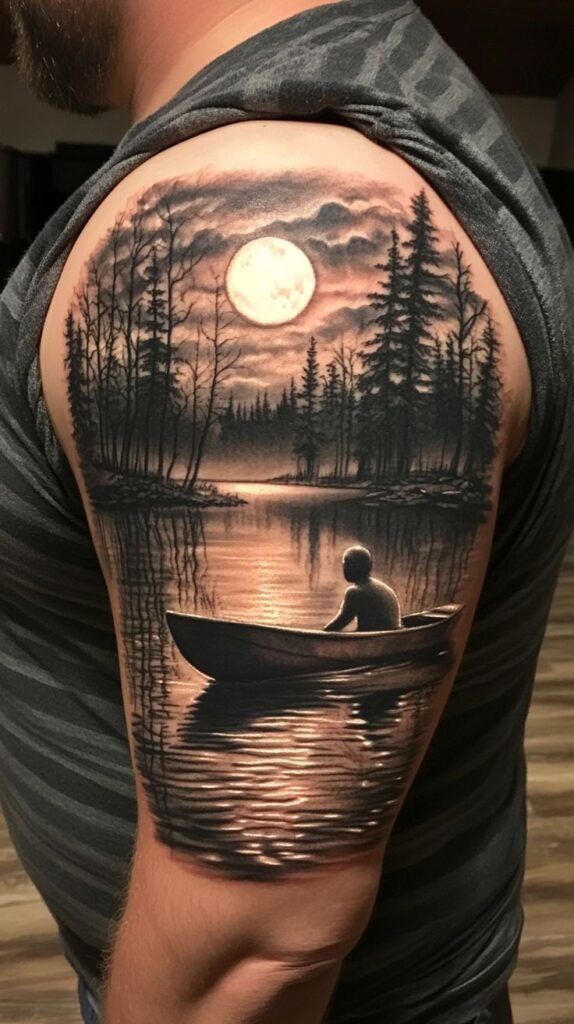
Black and grey fishing tattoos use only shades of black and white. This creates a clean, classic design that works well on different skin tones. The artist focuses on contrast, shadows, and line work to show detail in fish and fishing gear.
This style is popular for its simplicity and durability. Black ink tends to age well and fades less quickly than color. The simplicity makes it easier to add new elements later or connect the tattoo with other black and grey designs.
Monochrome tattoos highlight patterns and texture through fine lines and dotwork. Anglers who prefer subtlety and timeless art often choose this style. It suits people who want a less flashy tattoo but still want detailed imagery.
Incorporating Personal Elements
Personal details make fishing tattoos unique. Dates, names, and natural elements can add meaning. These choices help express personal stories and memories linked to fishing.
Customizing with Dates or Names

Including dates or names in a fishing tattoo gives it a strong personal touch. People often add the date of their biggest catch or a special fishing trip. This turns the tattoo into a reminder of an important moment.
Names of family members or fishing buddies can also be added to show who shares the passion. These details are usually placed near the main tattoo design, like beside a fish or on a fishing rod.
Fonts matter. Simple, clear lettering keeps the dates or names easy to read. Sometimes people choose handwriting-style fonts for a more personal feel.
Adding Landscape or Water Scenes


Water scenes and landscapes bring the fishing tattoo to life. These can include lakes, rivers, mountains, or forests where the person fish. Such backgrounds help tell the story behind the tattoo.
Artists often use waves, reeds, or trees to frame the tattoo. These small touches make the tattoo richer in detail but don’t overpower the main subject.
Colors or black and gray can highlight the setting. Blue shades represent water, while green or brown can suggest natural surroundings. This adds depth and helps capture the environment tied to fishing experiences.
Choosing the Right Tattoo Artist

Finding the right tattoo artist is key to getting a fishing tattoo that looks good and lasts. The artist’s skill and experience with fishing designs matter a lot.
People should check an artist’s portfolio before booking. Look for clean lines, good shading, and clear detail. Fishing tattoos often have fine lines and natural shapes, so the artist must handle that well.
It helps to read reviews. Other clients’ experiences show how professional and reliable the artist is. Friendly staff and a clean studio are also important.
Some artists specialize in certain styles like realistic fish, traditional fishing gear, or cartoonish designs. Choose an artist whose style matches the desired tattoo.
Here’s a quick checklist to consider:
| Factor | Description |
|---|---|
| Portfolio | Look for fishing tattoo examples |
| Reviews | Check client feedback |
| Style | Match artist’s style to your idea |
| Cleanliness | Ensure the studio is sanitary |
| Communication | Artist listens and answers well |
Meeting or talking with the artist before the appointment can clear up questions. They can suggest size, placement, or color ideas that fit the fishing theme.
Taking time to choose the right artist improves the chances of being happy with the fishing tattoo for years to come.
Aftercare and Healing Tips

After getting a fishing tattoo, proper care is important to help it heal well. The person should keep the tattoo clean by washing it gently with mild soap and lukewarm water. Avoid scrubbing or using harsh products.
It is best to pat the tattoo dry with a clean towel. They should apply a thin layer of tattoo ointment or fragrance-free moisturizer to keep the skin moist. This helps prevent itching and cracking.
The tattoo should be kept out of direct sunlight while healing. Sun exposure can fade the tattoo and harm the skin. Wearing loose clothing can protect the area from rubbing or irritation.
Swimming and soaking the tattoo in baths should be avoided for at least two weeks. Water can carry bacteria and cause infection or slow down healing.
Signs of infection include redness, swelling, or pus. If any of these appear, the person should contact their tattoo artist or a healthcare provider for advice.
Summary of key tips:
| Step | Action |
|---|---|
| Clean | Mild soap and lukewarm water |
| Dry | Pat gently with a clean towel |
| Moisturize | Use fragrance-free ointment |
| Protect | Avoid sun and tight clothing |
| Avoid | Swimming and long baths |
| Watch for | Infection signs |
Long-Term Maintenance for Fishing Tattoos


Fishing tattoos need regular care to stay vibrant over time. The sun and water can fade the ink if the tattoo is not protected.
After the tattoo heals, applying sunscreen with at least SPF 30 is important. This protects the colors from fading due to UV rays.
Moisturizing the skin regularly helps keep the tattoo clear. Using a gentle, fragrance-free lotion prevents dryness and scabbing.
Avoid long hours in chlorinated pools or saltwater without rinsing the tattoo soon after. These can cause irritation and color loss.
Regular touch-ups may be needed to keep sharp lines and bright colors. This is especially true for detailed fishing designs.
| Care Step | Why It Matters | Tips |
|---|---|---|
| Sunscreen | Prevents fading from sun | Reapply every 2 hours outside |
| Moisturize | Keeps skin soft and ink clear | Use fragrance-free lotion |
| Avoid Harsh Water | Stops irritation and color loss | Rinse tattoo after swimming |
| Touch-Ups | Refreshes faded details | Consult the tattoo artist |
Proper long-term care preserves the meaning and beauty of fishing tattoos, ensuring they remain a lasting symbol of passion.
- 3shares
- Facebook0
- Pinterest0
- Twitter3
- Reddit0









